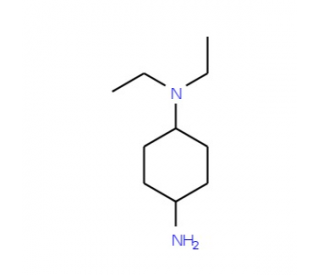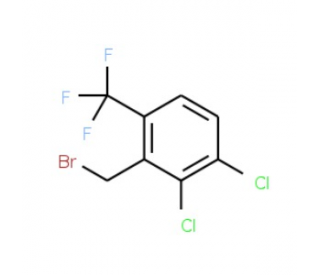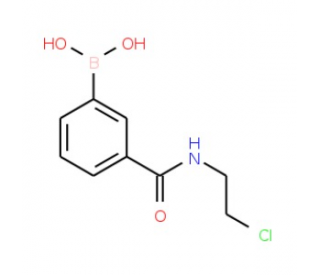詳細(xì)說(shuō)明
Purity
>95%, by SDS-PAGE with silver staining
Endotoxin Level
<0.10 EU per 1 μg of the protein by the LAL method.
Activity
Measured by its binding ability in a functional ELISA. When Recombinant Human Galectin?9 (Catalog # ) is coated at 0.5 μg/mL (100 μL/well), the concentration of Recombinant Human MDL-1/CLEC5A that produces 50% optimal binding response is typically 3-18 ng/mL.
Source
Mouse myeloma cell line, NS0-derived Tyr26-Lys188, with an N-terminal 9-His tag
Accession #
N-terminal Sequence
AnalysisHis
Predicted Molecular Mass
20 kDa
SDS-PAGE
34-45 kDa, reducing conditions
8544-CL |
| |
Formulation Lyophilized from a 0.2 μm filtered solution in PBS. | ||
Reconstitution Reconstitute at 100 μg/mL in PBS. | ||
Shipping The product is shipped at ambient temperature. Upon receipt, store it immediately at the temperature recommended below. | ||
Stability & Storage: Use a manual defrost freezer and avoid repeated freeze-thaw cycles.
|
Background: MDL-1/CLEC5A
MDL-1 (Myeloid DAP12-associating lectin 1), also known as CLEC5A, is an approximately 40 kDa member of the C-type lectin family (1). Mature human MDL-1 is a glycosylated type 2 transmembrane protein that associates into a homodimer on the cell surface (2). It consists of a 161 amino acid (aa) extracellular domain (ECD) with one C-type lectin (CTL) domain and a juxtamembrane stalk region, a 23 aa transmembrane segment, and a 5 aa cytoplasmic domain (3). Within the ECD, human MDL-1 shares 67% and 69% aa sequence identity with mouse and rat MDL-1, respectively. The transmembrane segment contains a lysine residue that mediates interactions with the signaling protein DAP12 (3). MDL-1 is expressed on monocytes, macrophages, and neutrophils (3, 4). Its expression is up-regulated on monocytes in rheumatoid arthritis (5). MDL-1 functions as a cell attachment receptor for all four serotypes of Denguevirus as well as Japanese encephalitis virus, although the short isoform binds significantly more weakly (2, 6, 7). These interactions trigger DAP12 phosphorylation, the production of multiple inflammatory cytokines, vascular leakage, and disruption of the blood-brain barrier (6-8).
References:
Hoving, J.C. et al. (2014) Cell. Microbiol. 16:185.
Watson, A.A. et al. (2011) J. Biol. Chem. 286:24208.
Bakker, A.B.H. et al. (1999) Proc. Natl. Acad. Sci. USA 96:9792.
Aoki, N. et al. (2009) J. Leukoc. Biol. 85:508.
Chen, D.-Y. et al. (2014) PLoS ONE 9:e86105.
Chen, S.-T. et al. (2012) PLoS Pathogens 8:e1002655.
Chen, S.-T. et al. (2008) Nature 453:672.
Wu, M.-F. et al. (2013) Blood 121:95.
Long Name:
Myeloid DAP12-associating Lectin
Entrez Gene IDs:
23601 (Human); 23845 (Mouse)
Alternate Names:
CLEC5A; CLECSF5; CLECSF5carbohydrate-recognition domain) lectin, superfamilymember 5; C-type lectin domain family 5, member A; C-type lectin superfamily member 5; MDL1; MDL-1; MDL-1MGC138304; Myeloid DAP12-associating lectin 1; myeloid DAP12-associating lectin-1










 粵公網(wǎng)安備44196802000105號(hào)
粵公網(wǎng)安備44196802000105號(hào)